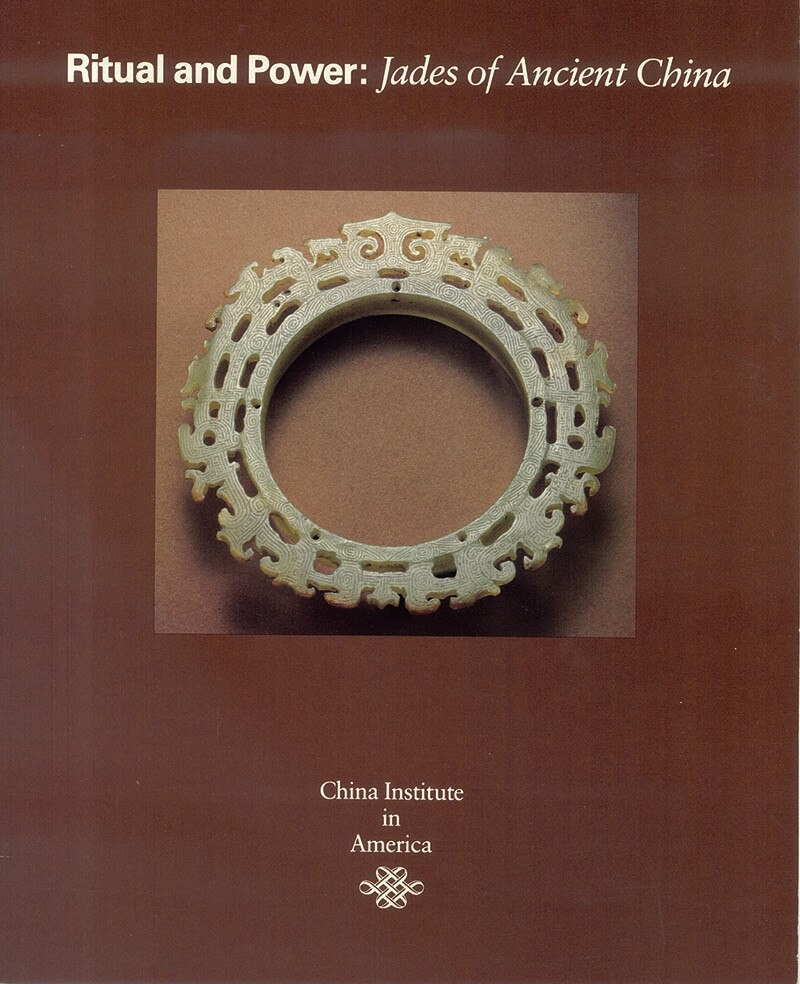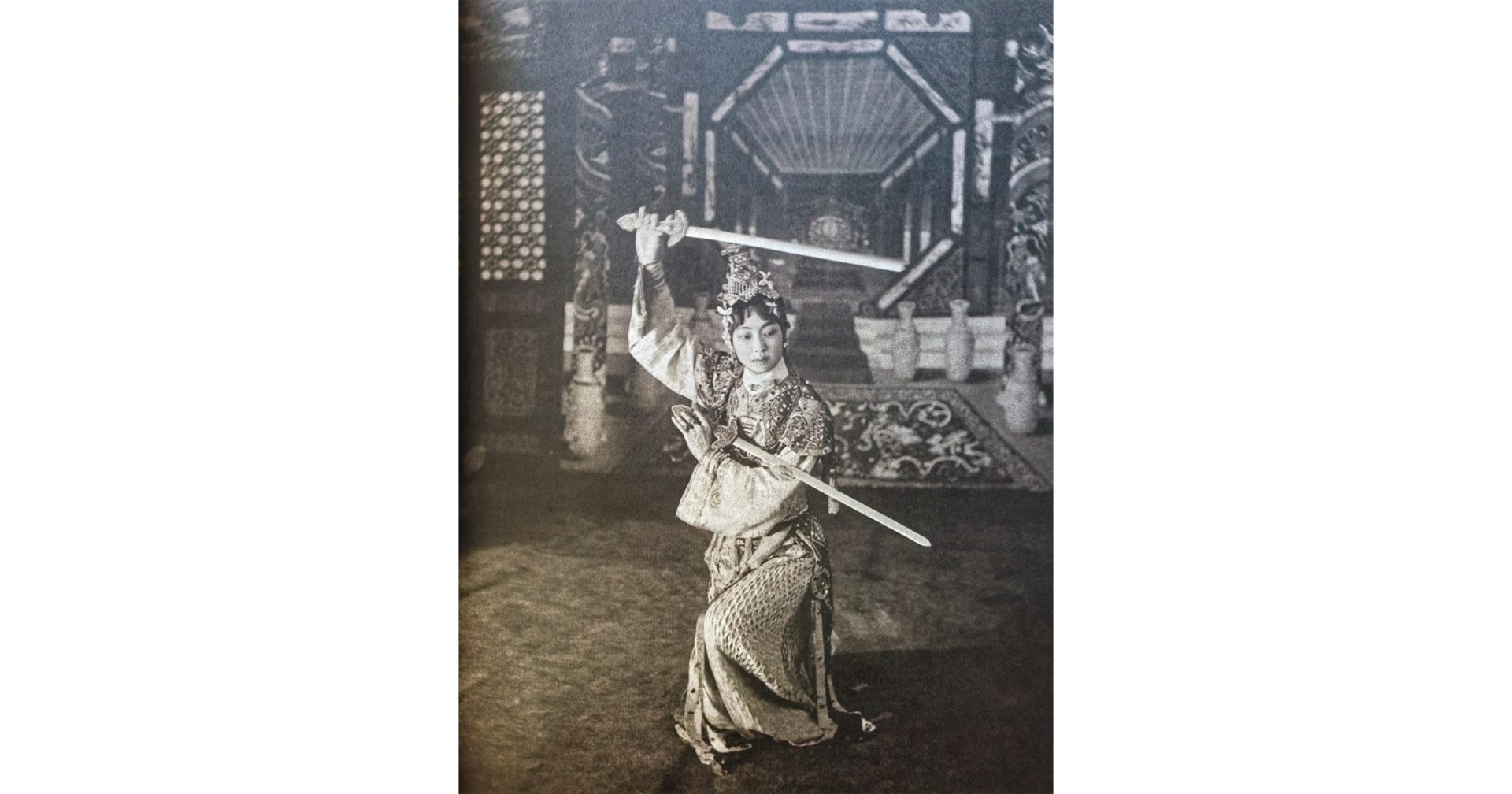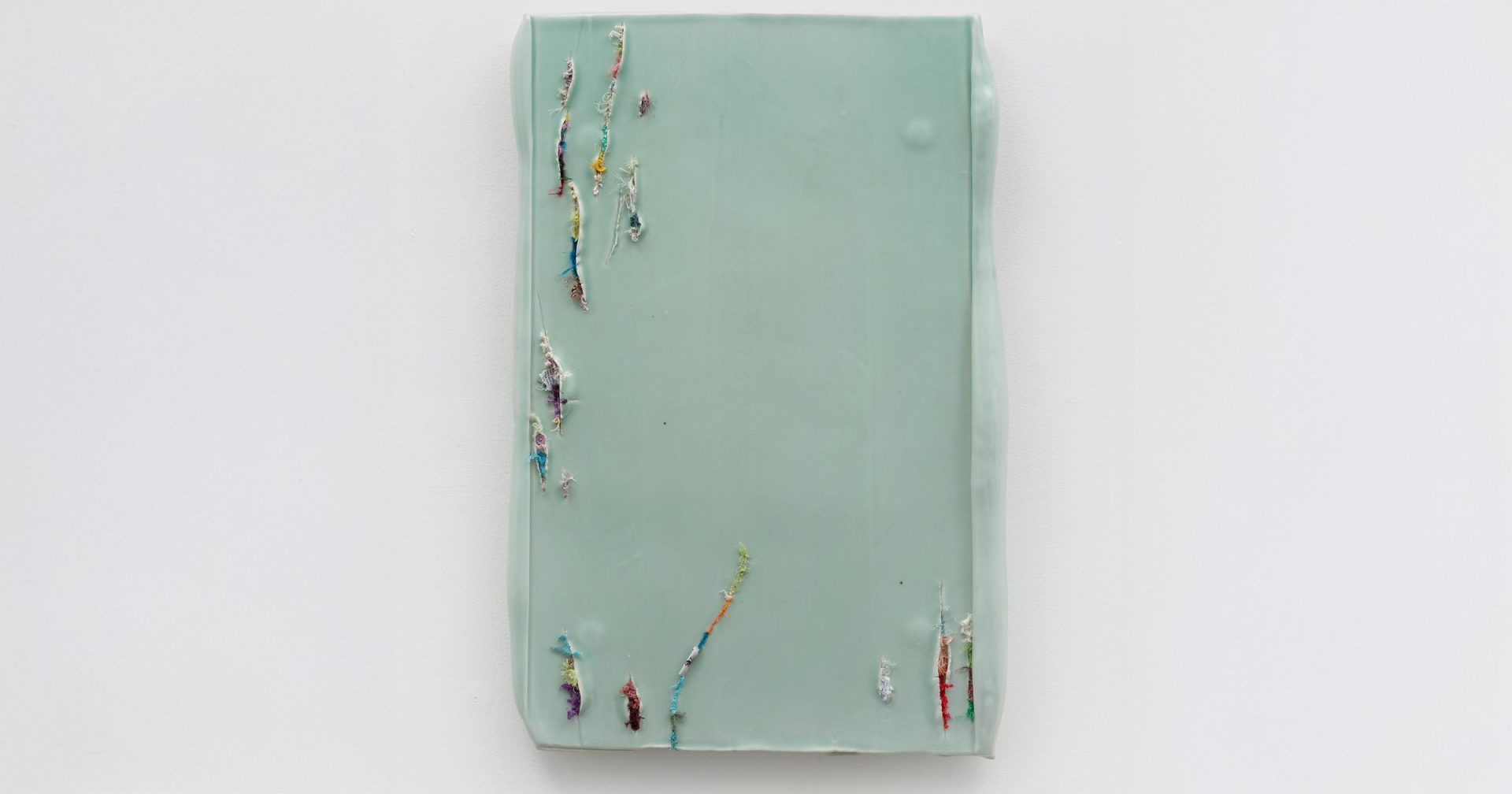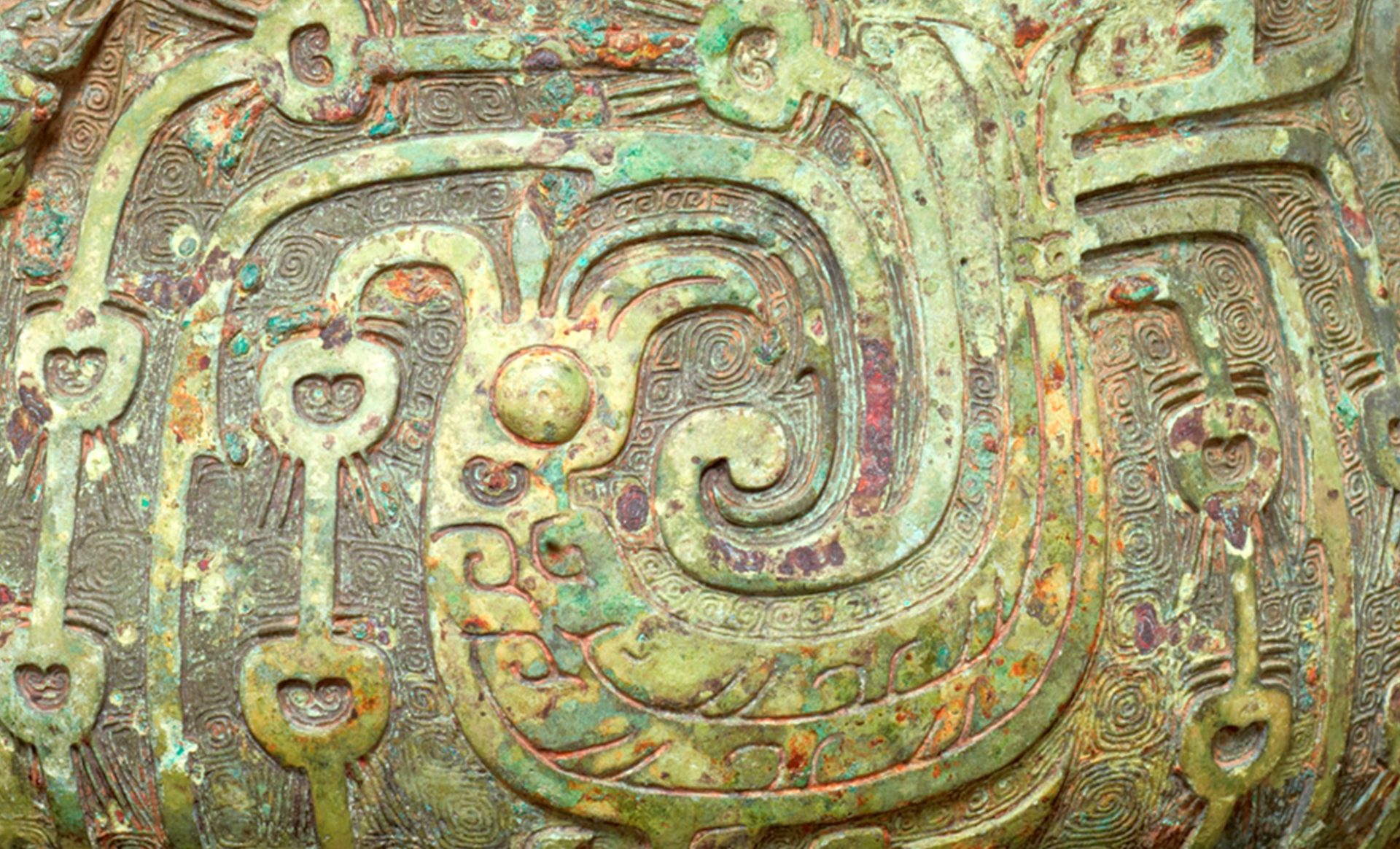Archaeological excavations have proven that the history of jade in China goes back to Neolithic times (ca. 6500–1700 BCE). Except for the Paleolithic era, when jade and stone were used interchangeably to fashion tools of production, the earliest jade ornaments appeared in Hemudu culture (ca. 5500–3300 BCE), a Neolithic culture that flourished on the southeastern coast of Hangzhou Bay in Zhejiang Province. Handcrafted objects of jade, beloved by the Chinese people since that early time, were used not only as personal ornaments, room decoration, and gifts to family and friends, but also as ceremonial implements and funerary objects. This exhibition focused on jades from various cultures of the Neolithic period before the Shang (ca. 1600–1100 BCE) and Zhou (ca. 1100–256 BCE) dynasties, featuring the most typical shapes and designs, such as the huang-disk 璜, pig-headed dragon (zhulong, 猪龙), bi-disk 璧, cong 琮, beads, and fu-axe 斧.

Ritual and Power: Jades of Ancient China
礼仪与权力:中国古玉
April 22 – June 19, 1988
Curated by Elizabeth Childs-Johnson
Related Events

March 5 - July 19, 2026
Coming in SPRING 2026
Image: Photograph from the opera Farewell, My Concubine, performed in the U.S. ©Chinese National Academy of Arts

September 10, 2025 - January 11, 2026
Coming in FALL 2025 Image: Yin Xiuzhen, Wall Instrument No. 4, 2016, porcelain, used clothes, 85 cm × 57 cm × 5 cm (33-7/16″ × 22-7/16″ × 1-15/16″)...
No related events found
